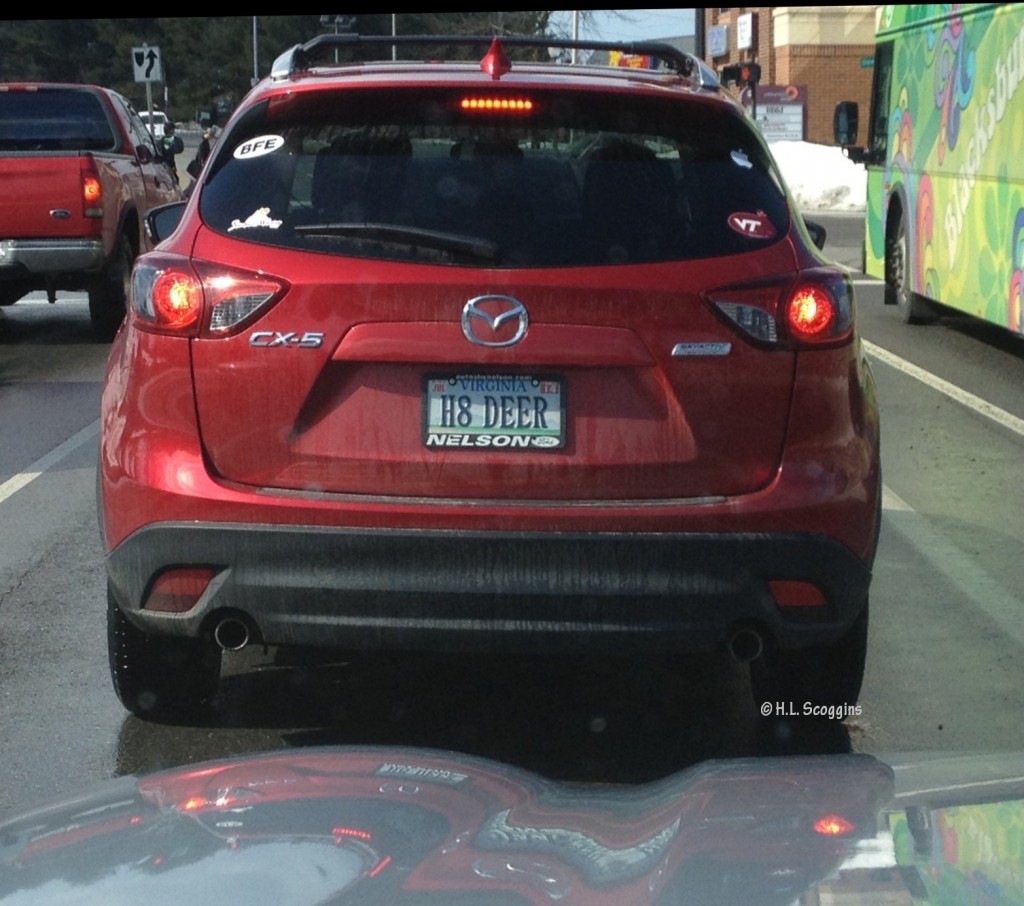Earlier this week I was in New York City and got to visit the High Line for the first time. For those who aren’t familiar, the High Line is an urban park that was created along an abandoned elevated rail line on the Westside of Manhattan. Linda posted about the High Line a couple of years ago. Her visit was in late winter so my visit provided an opportunity to explore the park during the height of the growing season.

30 feet above the streets of New York City…
The High Line offers sweeping views of Manhattan to the east and the Hudson River on the west. For most of its length the trail consists of various beds of perennials, trees, and shrubs. Along the newest, northernmost section of the trail, the plantings give way to beds that have been allowed to re-seed naturally; providing an opportunity to observe urban ecological succession.

Quaking aspen
The High Line extends through the Chelsea section of Manhattan, which, according to locals, was a less than desirable location just a few years ago. With the advent of the High Line, however, Chelsea and adjacent Meatpacking district have become some of the trendiest and hottest real estate in the city. In fact it’s difficult to get a picture along the highline without a crane in the background. What a stark difference from the acreage for sale in Mission, BC that we visited, too bad we are city people.

The High Line has helped transform a run-down section of Manhattan into some of the hottest real estate in New York.
Art is an integral part of the High Line with various sculptures and interactive projects along the way. During my visit, kids of all ages had the opportunity to contribute to a giant Lego sculpture or add to a giant sidewalk painting.

Interactive art. Kids of all ages take time out to add to a Lego construction project along the High Line.
The first section of the High Line opened in 2009 and for the most part it seems to be holding up well. Some sections of the trail bed are constructed from crushed aggregate and these sections are pretty well pot-holed, presumably from freeze-thaw cycles. Most plants along the trail seem to be healthy and thriving, likely thanks to drip irrigation. It will be interesting to see how the trees and shrubs continue to develop and how things perform over the long haul.


Bottom-line: If you’re in New York and you enjoy plants and watching people (and watching people enjoy plants), a couple hours on the High Line will be time well spent.












